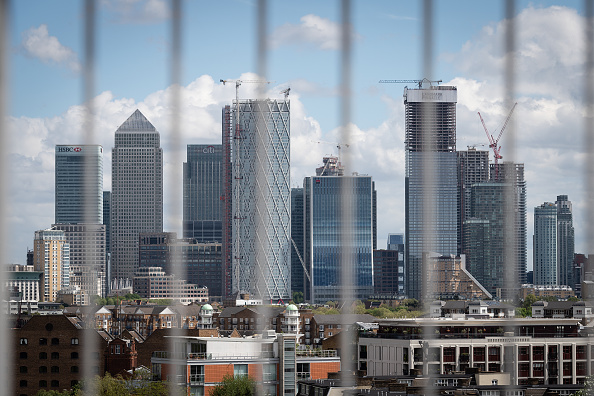Level up: Lessons from London for boosting the rest of the UK

Britain’s economy has been distorted. London takes all the jobs, all the talent, all the investment, leaving crumbs for everyone else.
For Britain to prosper, the capital needs to be cut down to size.
In the wake of the financial crisis, and then of the Brexit vote, this is an argument that has become increasingly popular. London snaffled all the wealth and wrecked the economy, we are told – and the Leave vote was the inevitable howl of rage.
It’s a line that has superficial appeal – but doesn’t actually make much sense. After all, if you replaced “London” in that sentence above with “the rich”, you’d sound exactly like Jeremy Corbyn, and just as ludicrous. When you punish the most successful, you don’t help anyone.
At the same time, however, it is clear to everyone that Britain does have cavernous geographical inequalities. “Inner London (West)” is by far the richest region in the EU (well, in the EU at the time of writing…), with GDP that is 5.8 times the average.
Yet the UK as a whole boasts a much wider spread between rich areas and poor areas than most. Incredibly, there is not a single part of the country – apart from the south east – which is generating as much wealth per capita today as London did back in the year 2000.
If we want to tackle that problem, we need to flip the argument on its head: to ask not how we can bring London down to size, but how we can raise up other parts of the country – while accepting both that the prosperity of the capital is an invaluable asset to the country, and that cluster effects will always mean that talent and wealth flow disproportionately to big cities.
That’s why it is encouraging that the government has shifted its rhetoric from “rebalancing” the economy, with the suggestion of a seesaw that must be tipped against the capital, to “levelling up”. And in a new report from the Centre for Policy Studies, supported by Raytheon and published today, we set out how this might work.
One of the key suggestions we make is that policymakers need to learn from London’s successes. The fact that powers have been devolved to the city, that it gets to make its own decisions about transport priorities (and campaign vigorously for funding for them), is obviously something that could be copied elsewhere.
Likewise, if the regions want to compete with the capital for talented graduates or foreign investment, they need to be able to make that pitch directly, rather than relying on Whitehall.
One of the biggest ideas in the report is to introduce “opportunity zones” – to turn struggling areas into places of innovation and experimentation. This doesn’t just mean a few industrial estates, but could be applied to entire towns, giving them the ability to stimulate investment and entrepreneurship by creating the most attractive possible environment.
Again, the model here is clear: Canary Wharf has gone from being dirt poor to stinking rich precisely because of such a targeted combination of tax breaks and infrastructure investment, in particular into the DLR and Jubilee Line.
Admittedly, there are a few suggestions of ours which mean that London would lose out.
The report’s author, Nick King, suggests that the government should look again at moving some of its functions out of the capital – partly to save money, but mostly so that those in Whitehall can get beyond the bubble and see what life is like for the bulk of the people whose decisions they affect.
We also point out that calculating infrastructure priorities solely in terms of bang for buck means that London will always end up winning the argument – and that while the capital needs to have great connectivity, it would be more than welcome elsewhere as well.
But what the report also makes clear is that many of the best things about the capital can be mirrored, at least in part, elsewhere.
As our analysis shows, London now dominates not just in terms of economic capital, but human capital. Ofsted now rates 92 per cent of London’s schools as good or outstanding, compared to (for example) 80 per cent in Yorkshire and the Humber. Eight of the 10 best-performing local authority areas educationally are in London and the south east.
But unlike many other measures of the capital’s out-performance, this is a relatively new phenomenon. As recently as the early 2000s, only 35 per cent of pupils in inner London were getting five good GCSE grades, compared to almost 50 per cent across England.
There were a number of things which changed that, but among the most vital was devolving real power and responsibility to individual schools under the academies programme – and making London the hotbed and testing ground for the educational revolution under first Tony Blair and then Michael Gove. That devolution could be replicated further afield.
London succeeds because it is London. But it also succeeds because it’s one of the few parts of the country with the freedom, even if only partial, to chart its own course and set its own priorities.
The rest of the country needs to be able to say the same.
Main image credit: Getty